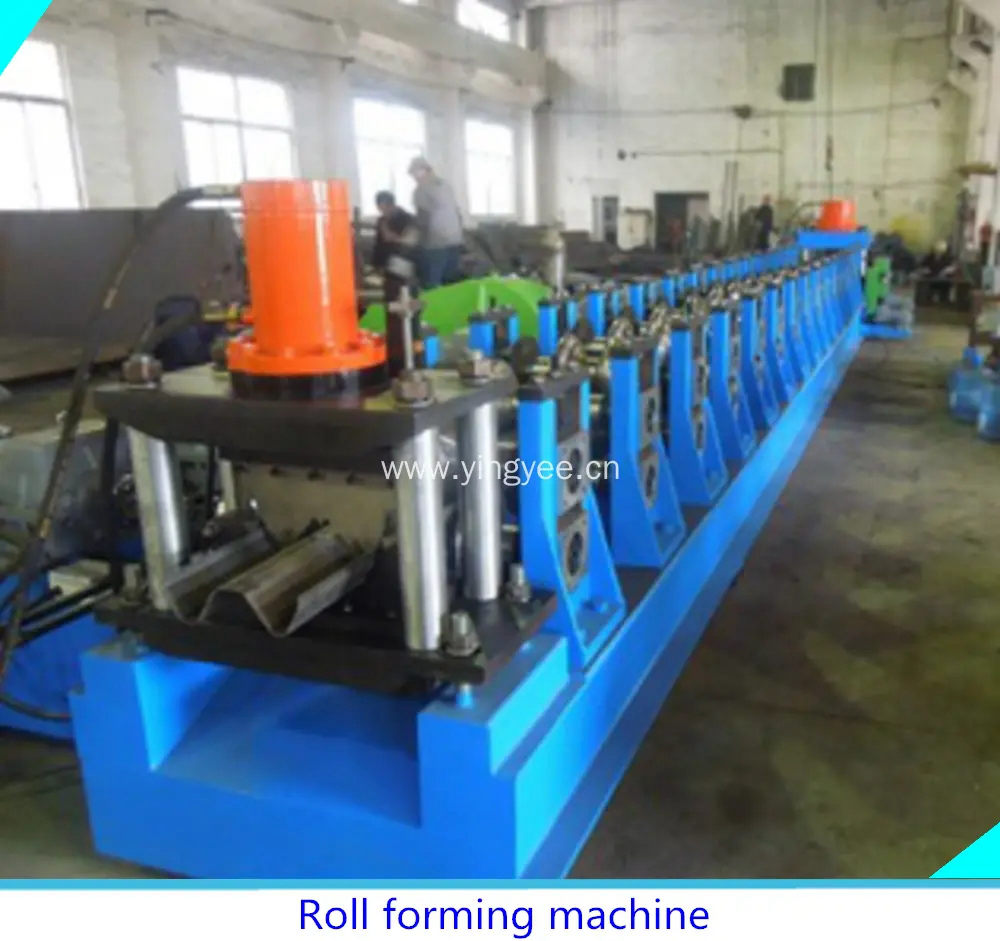
Understanding Simple Cut to Length Lines in Modern Manufacturing
In today's rapidly evolving manufacturing landscape, efficiency and precision are paramount. One of the processes that has gained significant attention in this context is the simple cut to length line. This technique, which streamlines the cutting of materials into specified lengths, is essential for various industries ranging from metalworking to textiles. This article explores the concept of simple cut to length lines, their applications, benefits, and the technology behind them.
What is a Simple Cut to Length Line?
A simple cut to length line is a manufacturing system designed to cut raw materials, typically metal or rolled materials, into predetermined lengths with minimal waste and high accuracy. The system is composed of several key components, including a uncoiler, a leveling device, a shear or cutting mechanism, and a stacking or handling system. The materials are fed into the line, processed, and then delivered in specified lengths for further manufacturing or assembly processes.
Components of a Cut to Length Line
1. Uncoiler This is the first component of a cut to length line. The uncoiler unwinds the material, usually in coil form, making it easier to process. It ensures that the material is fed smoothly into the subsequent stages of the line.
2. Leveling Device As materials often come in coils, they may have a tendency to bow or warp. The leveling device flattens these materials, providing a uniform surface for cutting. This is critical for achieving precise cuts and maintaining consistency in product quality.
3. Shear or Cutting Mechanism This is the heart of the cut to length line. The cutting mechanism can vary based on the material and the required precision. Common types include guillotine shears and rotary shears. The cutting operation must be synchronized with the material feed rate to ensure accurate lengths.
4. Stacking or Handling System After cutting, the materials must be organized for further processing or shipping. The stacking system collects and organizes the cut pieces, often automating this process to reduce labor costs and increase efficiency.
Applications of Cut to Length Lines
Cut to length lines are employed in various industries that require accurate lengths of materials. The metalworking industry is one of the largest users, where steel and aluminum sheets are frequently cut to size for fabrication. In the woodworking sector, such lines are used to prepare standard lengths of timber. The automotive industry also benefits from cut to length lines, particularly when dealing with components that require precise measurements for assembly.

Furthermore, textiles and plastics industries utilize cut to length lines for delivering specific lengths of fabric or plastic sheets, ensuring that manufacturers receive materials ready for immediate use
.Benefits of Implementing Simple Cut to Length Lines
1. Increased Efficiency By automating the cutting process, manufacturers can significantly reduce cycle times, allowing for higher output with less labor involved.
2. Waste Reduction Simple cut to length lines are designed to minimize scrap material, which not only reduces costs but also contributes to more sustainable manufacturing practices.
3. Consistent Quality The precision of automated cutting mechanisms ensures that each piece is cut uniformly, leading to higher quality end products and fewer defects.
4. Flexibility Modern cut to length lines can be easily adjusted to accommodate different material types and cutting lengths, allowing manufacturers to respond quickly to market demands.
The Technology Behind Cut to Length Lines
Technological advancements have played a significant role in the evolution of cut to length lines. Today’s systems often incorporate digital controls, sensors, and real-time monitoring to enhance precision and reliability. The integration of Industry 4.0 technologies, such as IoT and data analytics, allows manufacturers to track production metrics, optimize processes, and predict maintenance needs.
Conclusion
The simple cut to length line is a crucial component in modern manufacturing, driving efficiency and ensuring quality across various industries. As technology continues to advance, these systems are becoming more sophisticated, providing manufacturers with the tools they need to meet the demands of a competitive market. By investing in cut to length lines, companies not only improve their operational efficiency but also enhance their capability to deliver high-quality products tailored to customer specifications.